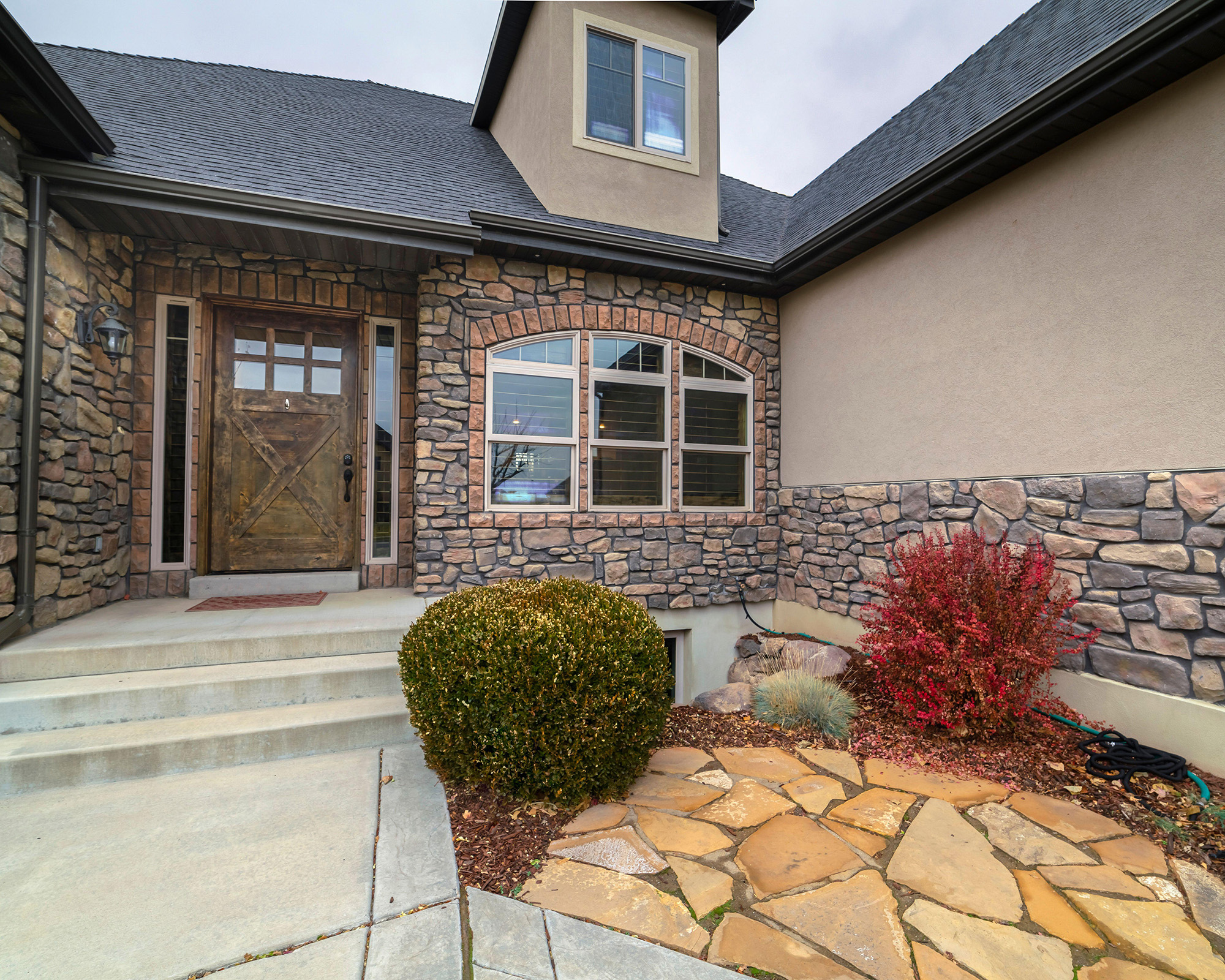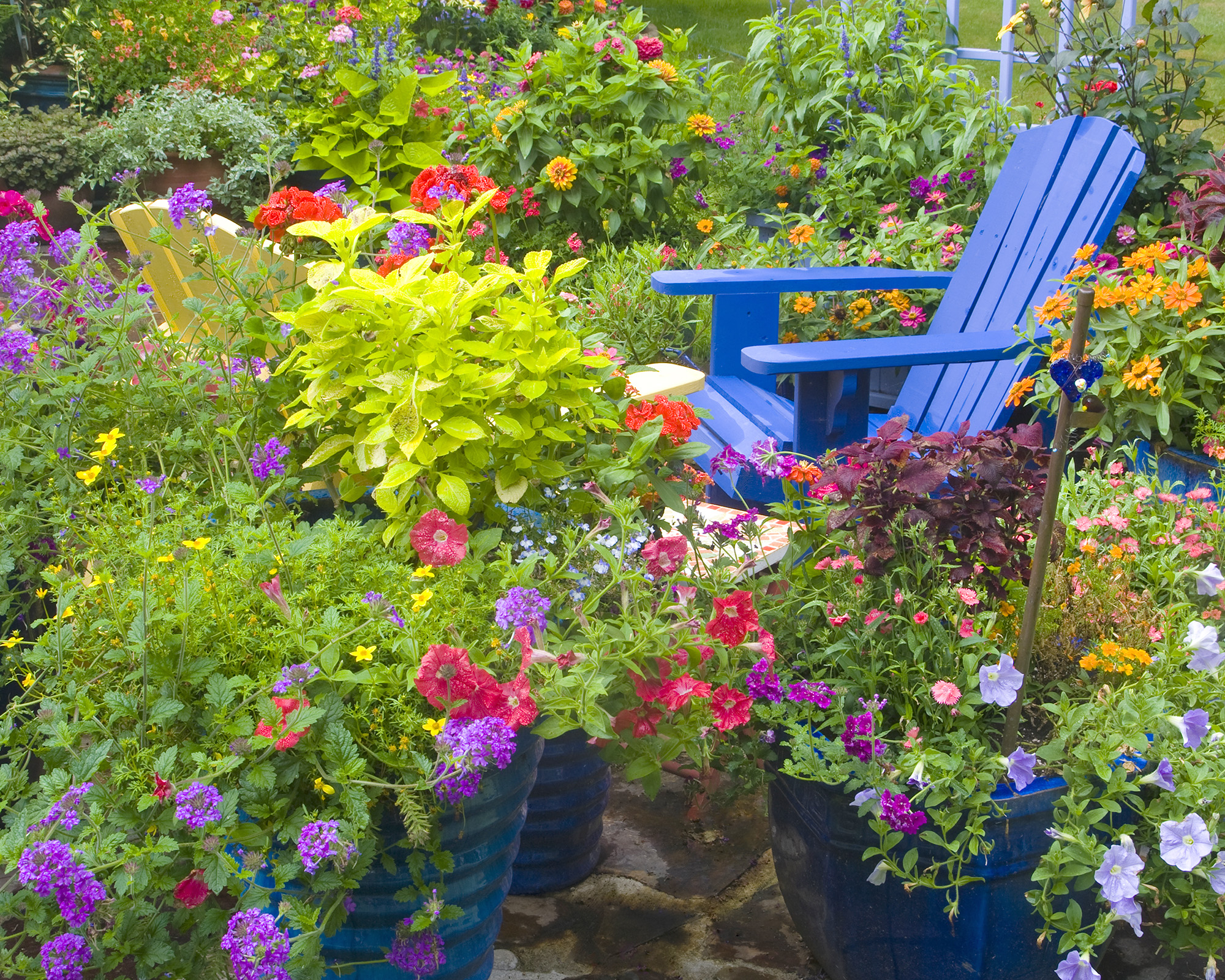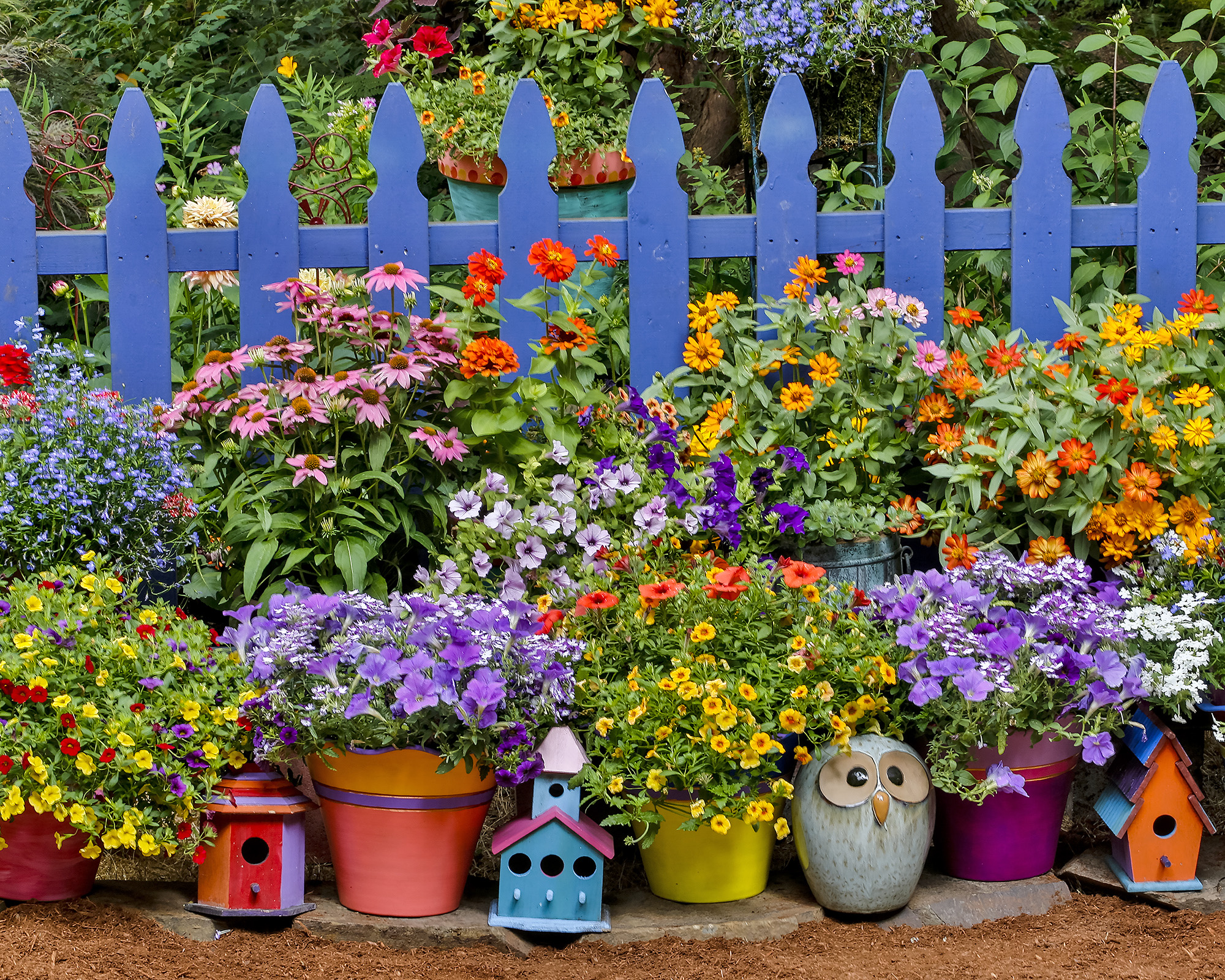7 Things That Make A Garden Look "Cheap" – And How To Elevate Its Design
Are you bringing down your neighborhood with poor design choices? Experts reveal the key mistakes gardeners make with landscaping and planting schemes.


When designing a garden, it’s all too easy to get carried away trying to include as many different elements as possible.
Good landscaping design can increase a home's value. However, in an overzealous attempt to follow the latest trends, many gardeners end up with a space that looks cheap and poorly considered.
‘You want your garden to be a reflection of you, not a carbon copy of every other yard on the block,’ says Bryan Clayton, landscaping expert and CEO of GreenPal.
‘Well-designed gardens have a superior level of thoughtfulness and uniqueness – and that is what you should aim for.
‘It's not about spending big bucks, but choosing elements that blend well and create a harmonious, elegant space.’
Discover the mistakes you need to avoid if you don't want your garden to have a negative impact on your home's curb appeal.
1. Mismatched materials

‘Mixed materials in pathways and hardscaping sometimes create a cheap, disorganized look,’ says Bill Freimuth, VP of sales at Centurion Brands.
Sign up for the Gardening Know How newsletter today and receive a free copy of our e-book "How to Grow Delicious Tomatoes".
This issue is often created when a new area of landscaping is installed, but it does not relate to the existing design.
It can be desirable to use different landscaping materials in order to zone garden spaces. The key here is to use materials that tonally complement each other but aren’t too similar. For example, pavers can be laid next to a graveled area, or a shift in materials can signify a step down to a sunken patio.
Where garden walls are extended, every effort should be made to match the existing scheme. If that is not possible, then a fence with trellis supporting climbing plants will likely make a better solution.
A cohesive scheme is not just about the color of materials, but texture, scale, and laying pattern. These all have a big impact on how materials complement each other.
‘If you are unsure of a material combo, use a consistent material palette, or repaint or refinish elements for cohesion,’ says Bill.
2. Obvious use of plastic

‘Plastic is a big no-no in the garden,’ says Bryan. ‘Whether it's edging, plant markers, or decorative elements, plastic just screams low-budget. It fades, cracks, and just doesn't age well.
‘You're better off investing in natural or high-quality materials that stand the test of time.’
Plastic is also less sustainable than many other materials, and is often not recycled.
However, one of the main reasons gardeners opt for plastic is its lower cost. Plastic planters and patio furniture, for example, are much cheaper than those made from ceramics, wood, metal, or wicker.
One way to reduce the cost of materials is to opt for secondhand vintage pieces, which as well as being cheaper than new will add character and a sense of history to the garden.
3. Design disarray

‘Random placement of plants and accessories makes the garden appear cluttered,’ says Bill. ‘Plan for balance and symmetry and create defined beds and pathways.’
Symmetry in garden design is key to making the space feel more harmonious and elegant, and ultimately convey a sense of calm.
Consider repeating focal-point plants in borders, or using a pair of planters either side of a path.
Coordinating color is also an integral part of making a design feel more harmonious. Refer to the color wheel to find shades that are complementary – yellow and violet, and pink and green are classic combinations.
Think about the placement of planters on the patio – these tend to look better when positioned in groups of three, arranged to ascend in size.
4. Poor plant maintenance

‘Untidy lawns and overgrown plants signal neglect, reducing overall garden appeal,’ says Bill. ‘Be sure to regularly mow, trim, and remove dead foliage.’
To reclaim an overgrown garden, begin by assessing which plants you want to keep and which ones need to go. These might be invasive plants, or those that are underperforming, or unhealthy.
You should also identify weeds growing up in between desirable plants. Remove the unwanted plants, and give the garden a good weeding using a hoe.
The next step is to mow the lawn. If you have allowed your lawn to grow too long, then it’s best to do this in stages, as you shouldn’t cut more than one third of the blade length in any one go, or it could harm the health of the grass.
If there are excessive weeds or moss in the lawn, then this should be addressed.
The remaining plants will now need to be pruned and, in some cases, divided in order to get them looking their best. Shrubs that are badly overgrown may benefit from rejuvenation pruning. This is a more drastic method of reclaiming overgrown gardens, and may take two or three years, as cutting back too much of the plant in one go could kill it.
5. Generic bedding plants

‘You know those marigolds and common annuals stacked outside grocery stores? They might be easy on the wallet, but too many of them can give your garden a generic, uninspired look,’ says Bryan.
Annual bedding plants certainly have their place in the garden – and many provide invaluable support to pollinators. But they should be used to fill gaps and plant up containers to brighten dull corners rather than as a dominating force in the garden.
When growing annual bedding plants, think about how the flowers will complement the existing palette in your garden, to avoid a riot of color. Deadhead regularly to ensure maximum blooms.
6. Insufficient lighting

‘Poor outdoor lighting diminishes the garden's appeal,’ says Bill. It makes the garden less usable after dark, and limits options for entertaining in the summer.
Insufficient garden lighting can even pose a security risk, as criminals can access the garden with minimal risk of being seen.
A good lighting design is approached in layers – firstly, you need some practical background light to enable you to see what you’re doing. This shouldn’t be overly bright, as it can be disruptive to neighbors and wildlife. But you will want a good level of visibility on the patio, as well as any separate outdoor seating and dining areas.
Next, think about more focused lighting at pathways and work zones, such as the grill.
‘Think about light placement carefully so that wires can be buried, and lighting fixtures can be discreetly positioned,’ says Bill.
Finally, consider adding silhouette lighting to accent key decorative features in the garden – such as an uplit sculptural tree, statue, water feature, or rose arbor.
Different light layers and zones need to be controlled on separate circuits, to enable you to create just the right ambience.
7. Excessive clutter

‘Overcrowded plantings and garden decorations make the garden feel overwhelming,’ says Bill. ‘Declutter by removing unnecessary items and spacing plants. Prioritize quality over quantity.’
A maximalist garden can be very impactful, but in an effort to pack as much interest into the garden as possible, gardeners can go over the top and make the design feel less elegant as a result.
Always check the mature plant size and correct spacing of the plants you buy, so that they are not too tightly crammed together. You can always use annuals to fill the gaps in the meantime.
While container gardening is a valuable asset to bringing personality to a yard, too many pots make the space look cluttered. In general, fewer larger containers are better than lots of small pots.
Not only are bigger planters more aesthetically pleasing, but they place less demands on watering and allow more scope for interesting planting schemes.

Melanie is an experienced gardener and has worked in homes and gardens media for over 20 years. She previously served as Editor on Period Living magazine, and worked for Homes & Gardens, Gardening Etc, Real Homes, and Homebuilding & Renovating. Melanie has spent the last few years transforming her own garden, which is constantly evolving as a work in progress. She is also a passionate organic home grower, having experimented with almost every type of vegetable at some point. In her home, Melanie tends to an extensive houseplant collection and is particularly fond of orchids.